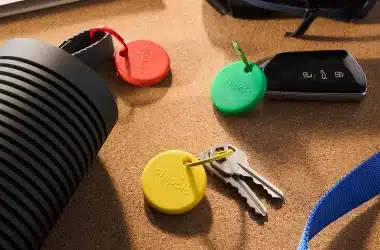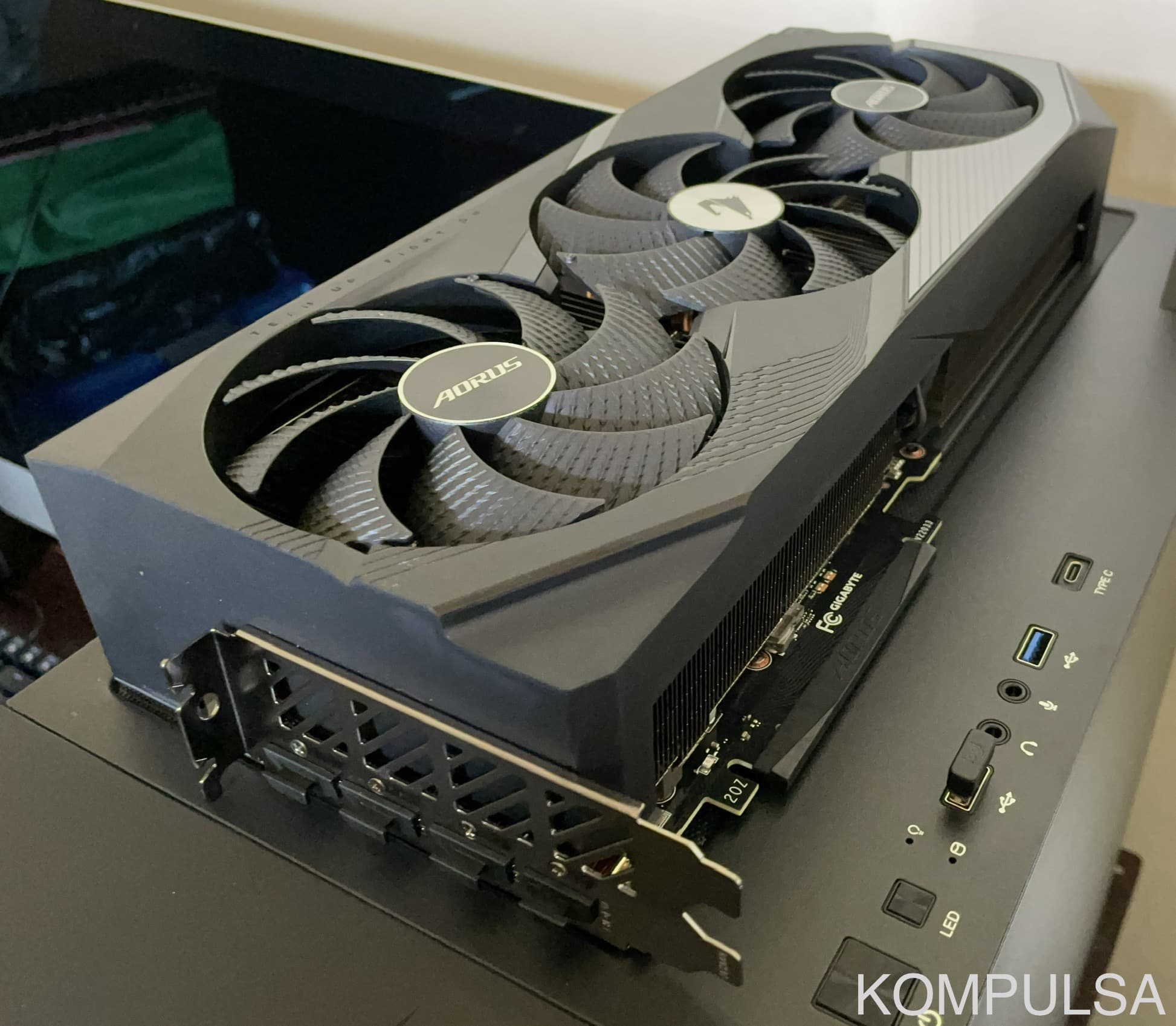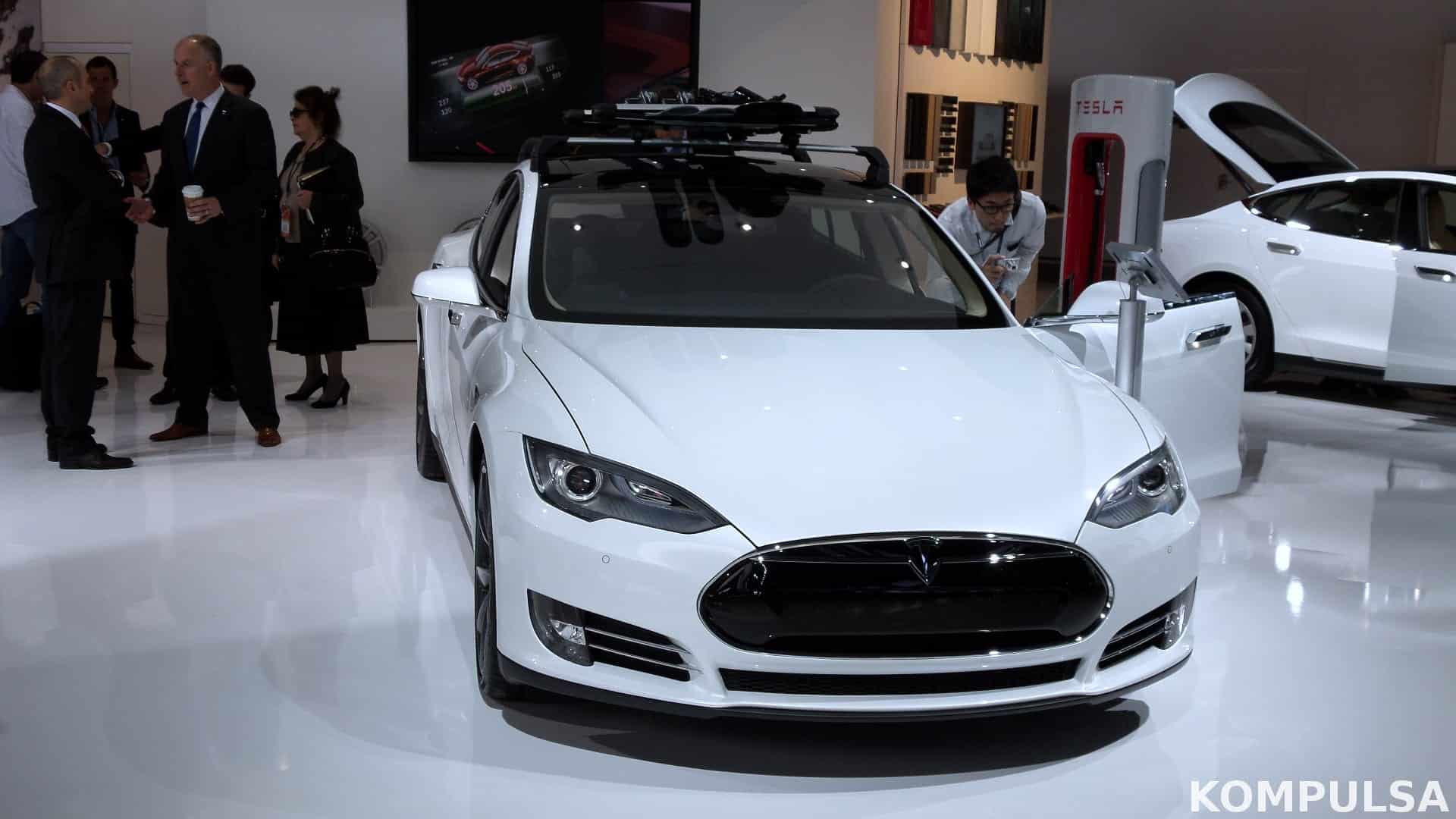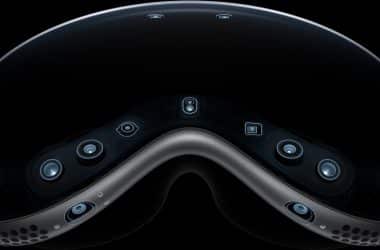Remember that feeling of frustration you experienced as football stadium food vendors took long to get to you? I hate that feeling too! If only they didn’t have to walk past every single person to check if they wanted anything.
Wouldn’t it be better if they could just sit back at their stands, accept orders, and then take your order straight to you? This is so much more convenient for both them, and yourself. It can also save a great deal of time. While stadiums are trying to make this happen, and attract more millennials, Wi-Fi has its limitations. Wi-Fi connectivity is generally poor in stadiums, due to the sheer number of users attempting to connect to stadiums’ networks.

Image obtained with thanks from Martin Davidsson on Flickr.
On top of this, visiting the bathroom, and keeping cool at outdoor stadiums is not exactly quick or trivial. So, many people opt to watch football, and basically every other sporting event at home. After all, many people have the comfort of a nearby bathroom, Wi-Fi, and kitchen at home.
Finally, the advent of thin, space-saving LCD (and LED) TVs resulted in the installation of very large units in many peoples’ living rooms. Imagine a 50″ CRT. They are no longer limited by the thickness of this technology.
As Chris White of Cisco said: ‘It’s pretty expensive to take your family out to an event these days and the competition is a nice warm couch, your own bathroom, and a big TV.’
There might just be a solution to this problem: HD Wi-Fi.
‘We undertook an engineering effort to come up with a customized, specialized antenna technology to do what we call HD Wi-Fi. It’s engineered to work in a high-density environment and fine-tune that depending on the difference in the environment. Radio waves reflect differently off of different surfaces. A soggy soccer field in Europe will be different than a shiny basketball court in Barclays Center in New York,’ White explained.
Source: TechRepublic.







